The rivers of Quang Nam such as Tra Khuc, Tra Bong, Ve, Tra Cau, Thu Bon, Vu Gia... are the main trade routes between the lowlands and the highlands. From the Quang Ngai plain to the four sources of Tra Bong, Son Ha, Minh Long, Ba To is a fairly convenient road and river traffic system. In places where boats can be used to go upstream, people still use boats, but most of them carry their burdens on foot. The Kinh people go to trade, from the plains bringing goods from the lowlands such as fabrics, farming tools, flint, kerosene, bronze pots, gongs, jars, fish sauce, salt... to the villages to trade. Among these products, fish, fish sauce, and salt are the main ones. Sea fish will be dried or steamed to preserve for a long time. They buy products from the mountains such as betel, cinnamon, fruits, rattan, honey... People in the Mo Duc and Duc Pho plains bring Sa Huynh salt or homemade salt to sell to the people in the highlands. Starting from Thach Tru, the road is hundreds of kilometers long, to Ba To, crossing Violac pass to Xo Dang village in Kon Tum.
 |
| Sailing boats on the Tra Khuc River are an important means of transport for the delta residents in trading on the river. Photo: Jean Yves Claeys (Taken in 1929 - 1938) |
Besides the plain people who go to trade, the mountain people also go to the border areas, the intermediate areas or even the sea to exchange goods for fish sauce and salt. In the past, salt was very expensive so not everyone had money to buy it. A small handful of salt, just enough to fill a tea cup, at that time cost the same as a hen, a small basket of salt could be exchanged for a big buffalo. Salt was bought in small quantities so it was often kept as a valuable item. Salt was a rare commodity so the salt grains that people found were saved to eat gradually, using sparingly. Salt was also used to exchange for food, livestock, utensils and necessities within the nation and neighboring villages. During wartime, people also shared salt for the meals of soldiers and cadres in the revolutionary base areas.
In the process of exchanging goods between the highlanders and the plains through the "salt road", there have been mutual influences, especially in culinary culture. Currently, the culinary system or daily meal structure of the ethnic minorities in the highlands has similarities. If in the past, the life of ethnic minorities in the mountainous regions of Quang Nam and the northern Central Highlands was a system of cooking utensils mainly made of bamboo tubes (cooking in bamboo) and preservation by fire (smoked meat/bacon), the way of processing meat, fish, and vegetables was mainly grilled due to the flexibility in the forest environment, then the exchange process has had cultural changes in using pots. From using pots to serve meals, initially creating convenience, as well as habits in the way of preparing daily meals, in festivals, and very convenient for cooking some foods on the family fire on rainy days. The dishes will be cooked easily and the doneness can be controlled, the spices will also be absorbed evenly, especially the dishes that are processed thinly such as soup, porridge... In the structure of the dishes of the ethnic groups here, boiled and grilled dishes are the majority, now there are also stir-fried, mixed, braised dishes of all kinds... Spices such as MSG, cooking oil, fish sauce, shrimp paste... are all present in daily meals. Before knowing about bowls and plates, the ethnic groups here ate rice in banana leaves, dried gourd shells... later they could find bowls and jars in the land of salt on the coast (Kinh people's area).
Especially in the back and forth shipments of the ethnic minorities in the mountainous areas, they all brought back fish sauce, salt, pots, iron trivets, bowls, jars, jars for brewing wine, pickling food, and flower mats of the Kinh people - an indispensable item along with the rattan tray, or the wooden-base basket of the Cor, Xo Dang, Ca Dong people, the bronze tray with legs to prepare the feast when worshiping the gods and entertaining distinguished guests in community festivals or of each family... These are extremely essential and important items to meet the daily culinary and eating needs of the community in the festival activities of the ethnic minorities. Over time, the mountainous residents have made strong changes from the culture of using hands to the culture of bowls, chopsticks and the culture of pipes to the culture of pots.
In addition to the products sold, the people buy many types of goods and objects to serve their culinary life. For the people of the Central Highlands and the ethnic groups in the mountainous areas of Quang Nam, jars and bronze pots are considered valuable objects. With abundant forest products, the people exchange them for large bronze pots with narrow necks and flared mouths, with two ears, usually cast in Phuoc Kieu village (Quang Nam), Chu Tuong (Quang Ngai) or porcelain pots, cups and plates made in My Thien ceramic village, in Chau O town (Binh Son). All types of bronze pots, whether big or small, have the same shape, like "hip pots" (neck pots), with wide bellies, the sides of the pot expand around, and the mouth of the pot is slightly flared. Large bronze pots are called "bung dong" pots. Bronze pots and jars are two objects that create a unique feature in the culture of ethnic groups in general, and the culinary culture of the ethnic groups in the Central Highlands in particular.
The salt road also opened up trade, support and connection between the Kinh and the Thuong people, working together, reclaiming and settling in the mountainous areas of Quang and the Central Highlands. That proves the presence of the Quang people in Kon Tum quite early. The ancient legendary road brought the sea and the forest closer together, bringing changes to the villages, providing essential products and goods to the residents and opening the door to cultural exchange between ethnic groups. The support from the forest and the sea, the economic foundation established in the past, is now empowered by the times, by the new era of development - the era of national growth.
TAN VINH
Source: https://baoquangngai.vn/xa-hoi/202505/moi-tuong-giao-giua-rung-va-bien-tu-ngan-xua-2930625/


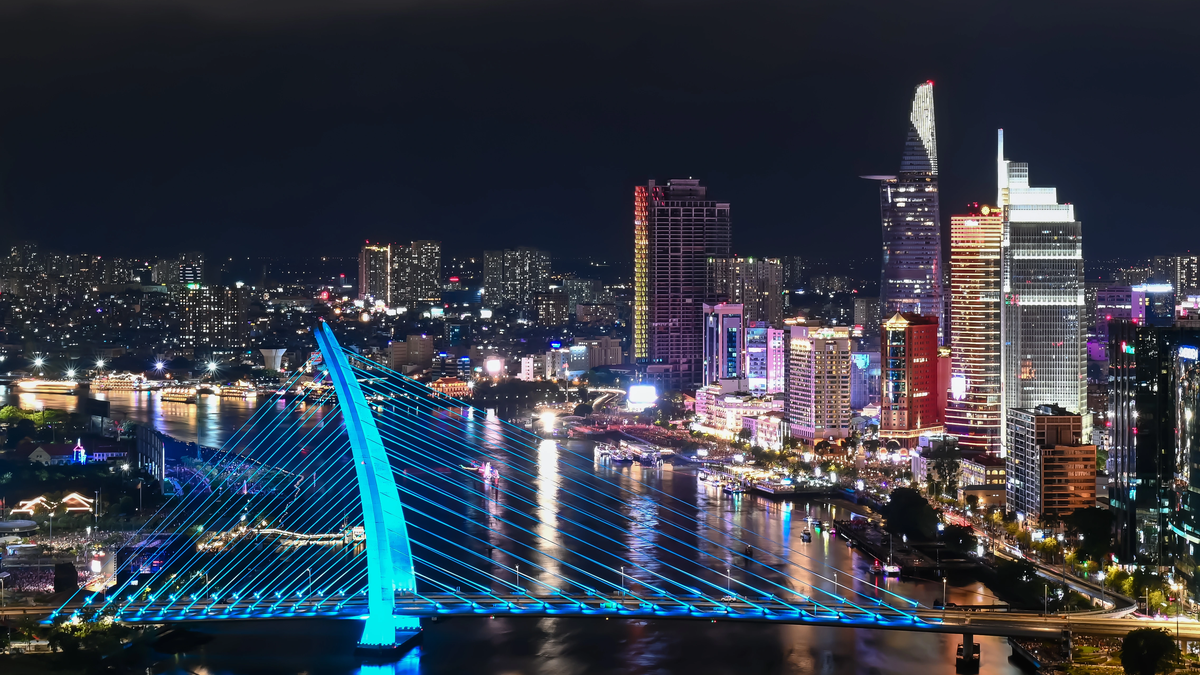
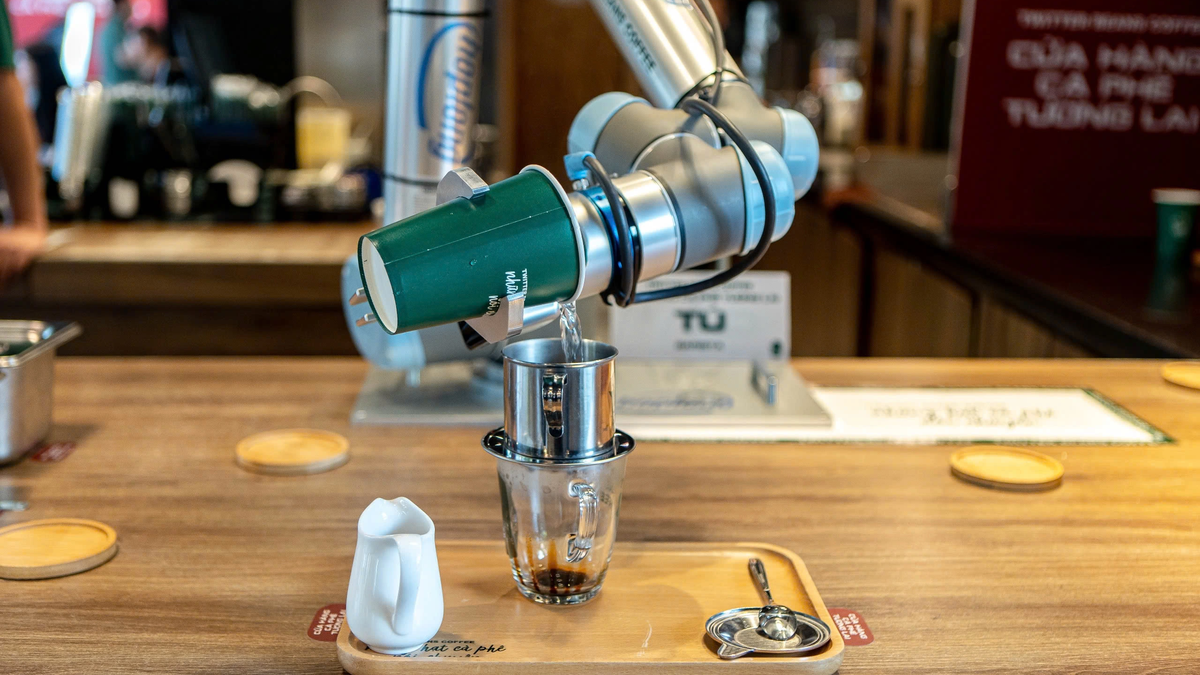
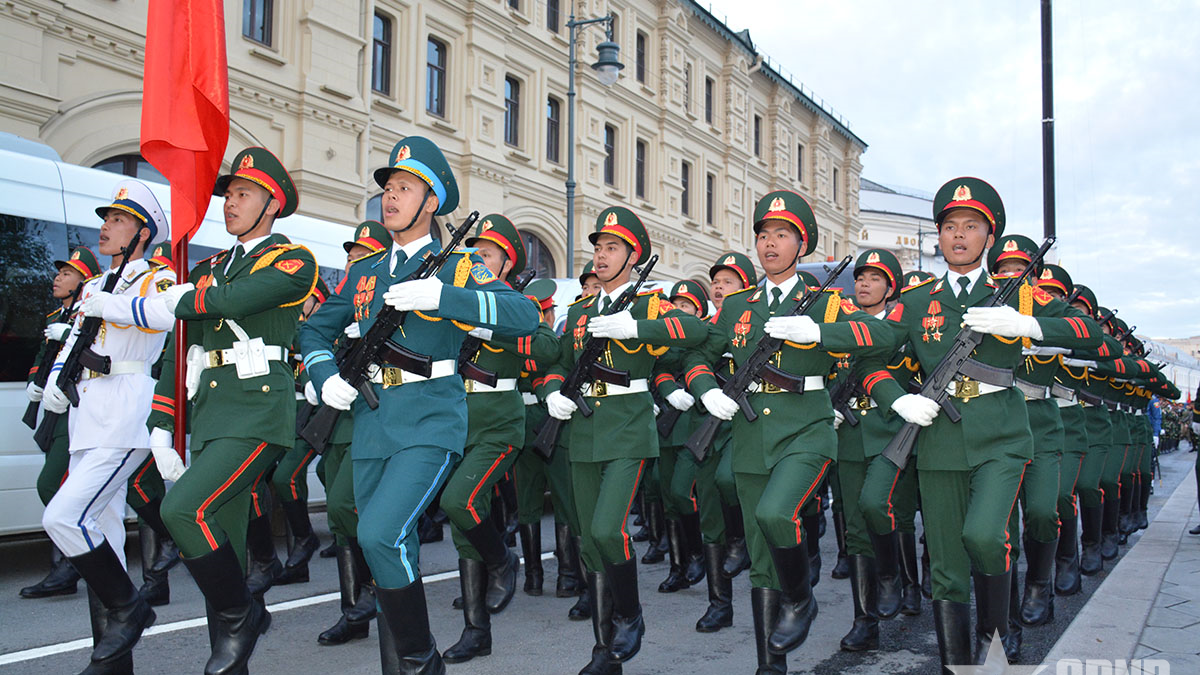
![[Photo] Vietnam shines at Paris International Fair 2025 with cultural and culinary colors](https://vphoto.vietnam.vn/thumb/1200x675/vietnam/resource/IMAGE/2025/5/4/74b16c2a197a42eb97597414009d4eb8)

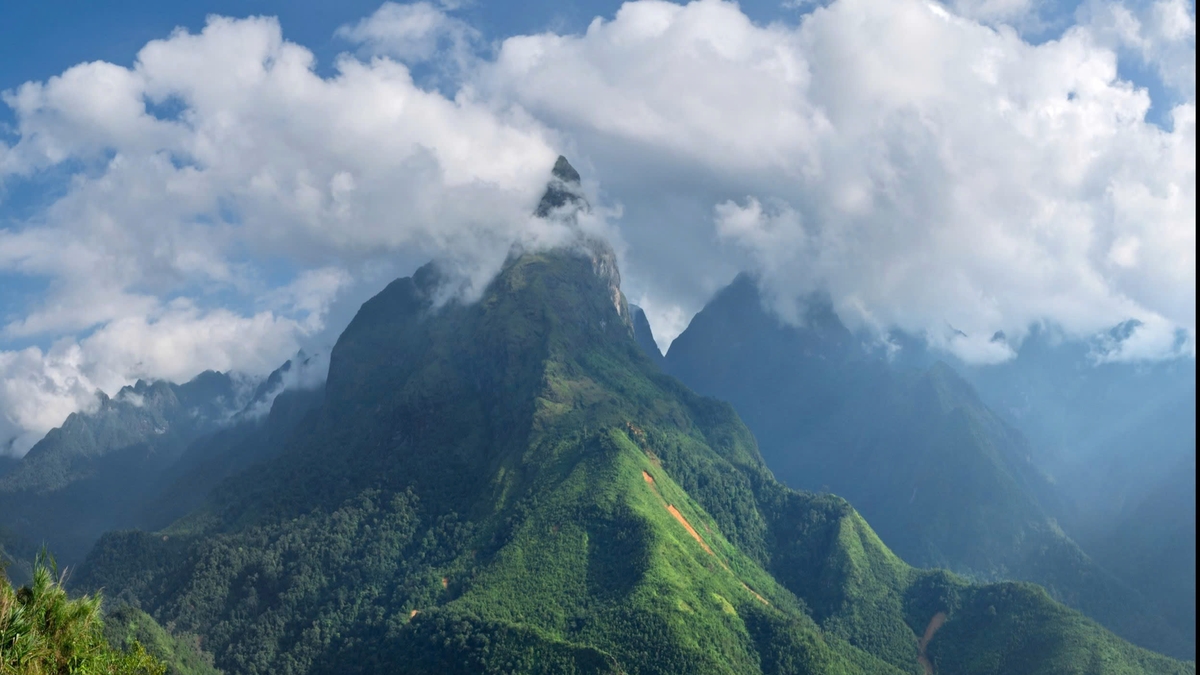

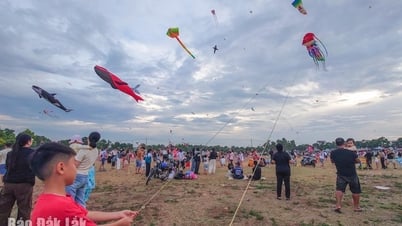
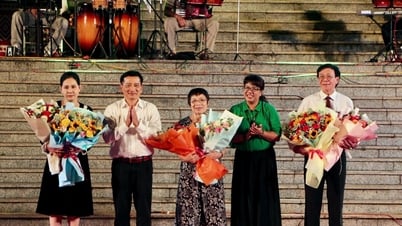

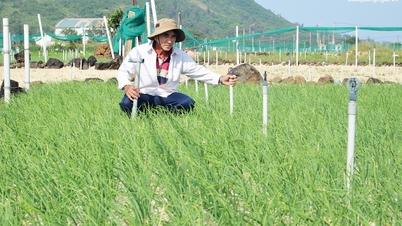





![[Video]. Building OCOP products based on local strengths](https://vphoto.vietnam.vn/thumb/402x226/vietnam/resource/IMAGE/2025/5/3/61677e8b3a364110b271e7b15ed91b3f)
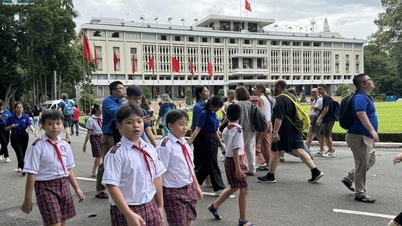
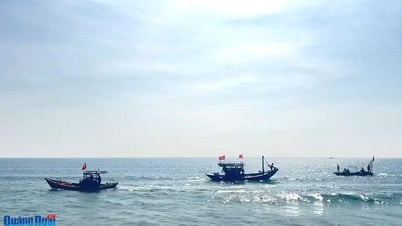
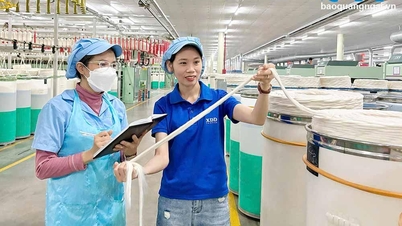
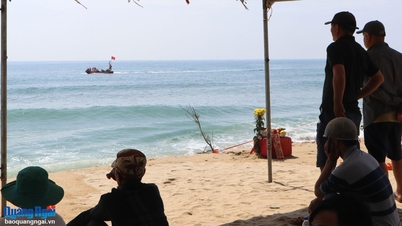
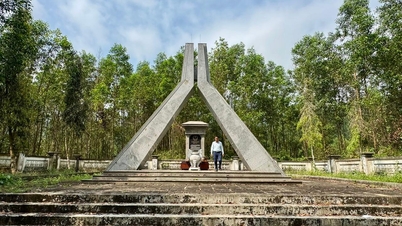




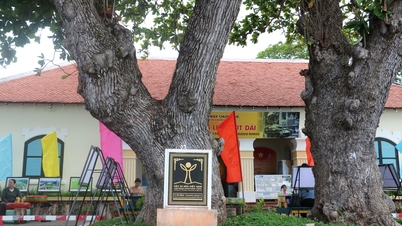

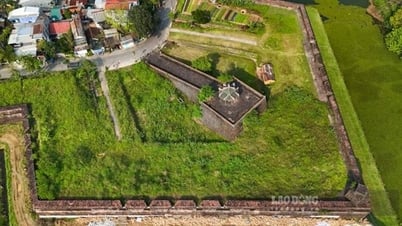






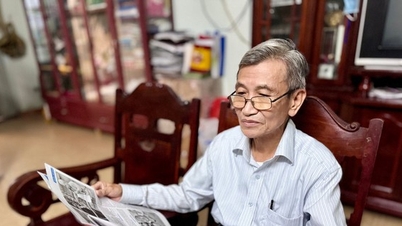
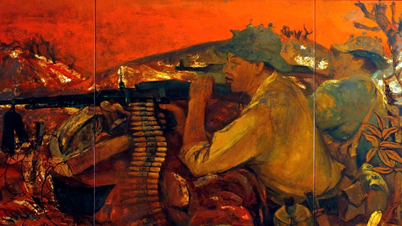







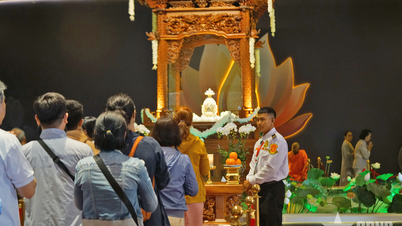
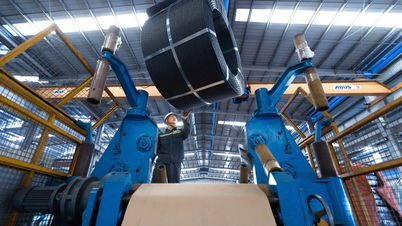

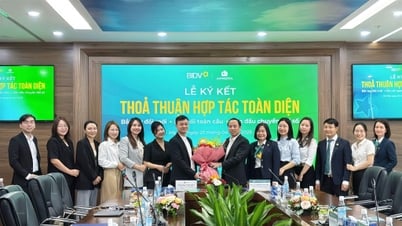

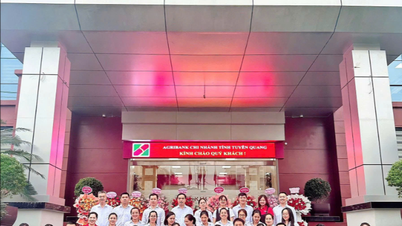













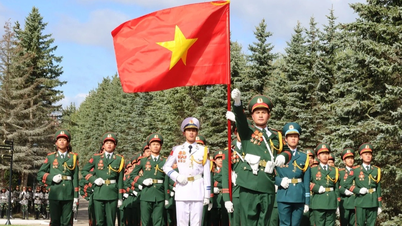


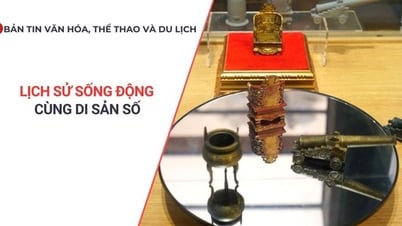









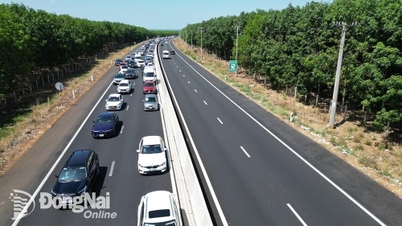



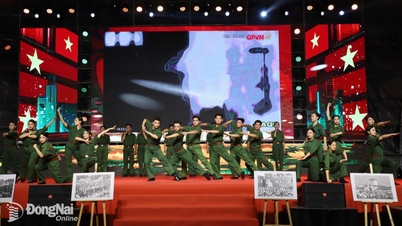





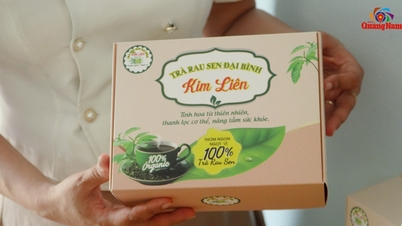

Comment (0)